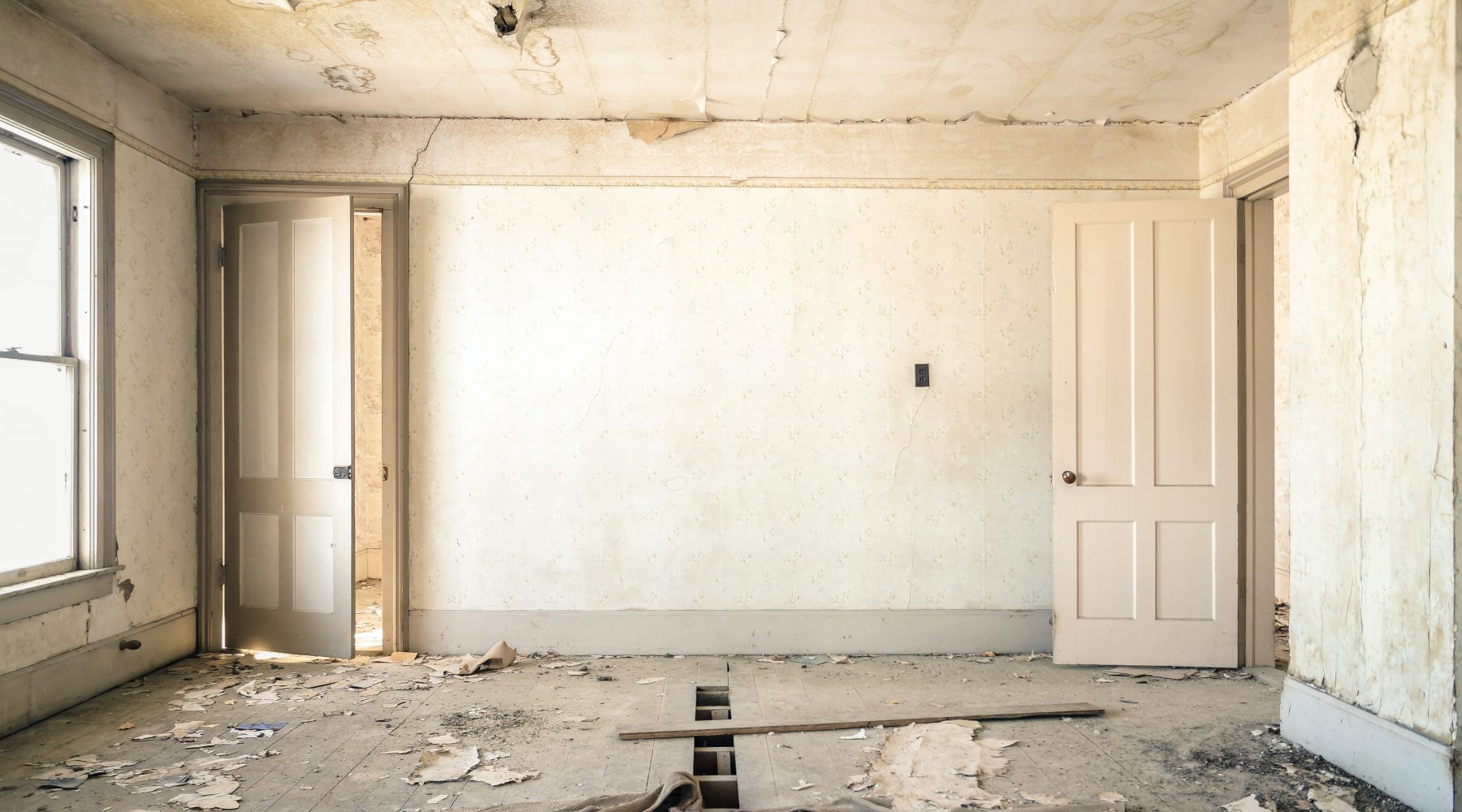Infrastructure and home renos – a stimulus package that leaves women and our children behind
opinion
The views expressed by contributors are their own and not the view of The Sector.

By investing solely in infrastructure instead of the human capital of our kids, our leaders are not making the smartest use of your money, writes ARACY CEO Penny Dakin.
Australian governments are in a tough spot. They face a health and economic challenge unlike any in
living memory, and the task of digging us out of this crisis is fraught with risk and hard decisions.
There have been good decisions. Increasing the unemployment safety net is one. A great decision would be to maintain these levels beyond our current recovery phase.
There have also been somewhat unorthodox, perhaps unfathomable decisions, like the scheme to
effectively give those already doing rather well an extra $25,000 for home renovations.
There have been more orthodox decisions too – such as the massive infrastructure investments
announced across all levels of government. Many of these focused on public goods – footpaths,
sporting fields and even social housing.
While orthodox, a new study shows that these types of investments alone are not the smartest use of
your money. In fact the analysis shows that by focusing stimulus investment solely on the male-
dominated building sector, a huge opportunity to create jobs for women – even harder hit than men by
COVID-induced unemployment, has been lost, as has a chance to help set our children up for the future.
The paper, The gendered employment gains of investing in social vs. physical infrastructure: evidence from simulations across seven OECD countries demonstrates that by investing in caring services, including health and education, rather than physical infrastructure, more jobs would be created for women, and more jobs created overall in our economy.
Beyond the immediate advantages to our economy, to women and our fellow Australians who are
clients of the caring services, there are very good long-term reasons why it would be great if our political leaders threw off the orthodoxy and made the best use of your limited taxpayer dollars by investing in areas such as the health, housing and education of our children. It’s better for people and the economy.
ACOSS and the University of Sydney found that even before COVID-19, families with a female main
income earner were more than twice as likely to live in poverty as those in which the main income
earner was male. And yet the benefits of ensuring work for this breadwinner would go well beyond the
breadwinner and the immediate needs of the family.
ARACY research shows that for an Australian child to truly thrive , they must be having their needs met in the following six key, interlocking areas: Being Loved, Valued and Safe; Having Material Basics; Being Healthy; Learning; Participating; and Having a Positive Sense of Identity & Culture. Other research makes it clear that while it is never too late to invest in setting a child on a better life trajectory, the earlier this is done the better for the child, their family and our whole community. And more recent ARACY analysis shows that kids in jobless families do it toughest on a range of fronts.
The evidence makes it clear that by investing in sectors that create more jobs for women, who might,
through no fault of their own, otherwise be trying to support their family on Newstart/JobSeeker, we
are instantly removing a major driver of disadvantage for the children in that family.
Beyond the direct effects of individual families, there are broader positive impacts for our whole
community in higher investments in these sectors.
For example, Early Childhood Education and Care (ECEC) is largely viewed by government as a
productivity measure freeing up (mostly) mothers to participate in the workforce.
However in a nation where 1 in 5 children start school ill-equipped to succeed, we should be focussing
on the educational benefits of ECEC to help prepare kids for school and beyond. As Former South
Australian Premier, now CEO of Thrive by Five Jay Weatherill told Nine recently “most of the public
discourse about childcare has been about its effect on people getting back to work; almost no discussion has been focused on what the child is missing out on [due to COVID-19 disruption] in terms of the basic building blocks for their learning, because it’s just not widely understood how profoundly important the brain development of a child is in those first five years.”
And yet the Commonwealth’s COVID-19 measure of free child care is due to end on 12 July and
JobKeeper assistance for the sector will end on 20 July. This puts at risk the jobs of thousands of
(predominantly female) educators, the viability of thousands of centres, and the education of countless
Australian children.
The sorts of benefits to the community and savings to the Budget of focusing more investment in social capital, and particularly in our children, are staggering.
A 2019 report by CoLab and partners found that every Australian is paying $607 per year ($15.2 billion in total) for services that could have been avoided, had kids and families in need been provided with early and appropriate help. Much of this help would be delivered by women through roles in the caring sector.
This costing of $15.2 billion, equivalent to three times the annual value of Australia’s wheat exports, is
conservative. The report doesn’t cost the wider social and economic impacts of the issues experienced
by children and young people, nor does it include lifetime costs resulting from a lack of early
intervention.
This report reinforces the need for the nation to recognise the early years as the most effective time to
help our kids. The COVID-19 crisis and the analysis by De Henau and Himmelweit make clear that this is something our policy makers should be doing now.
But as it stands, the response from government is mostly orthodox, and the construction sector will see much larger rivers of taxpayer gold than will our children and those who work to teach and care for
them.
Given the penchant for orthodoxy, I would ask all levels of government to revisit their plans wholesale.
If, having done so, the determination remains that it must be the construction sector that receives the lion’s share of stimulus funding, then it should do so based on evidence, and in a way that may yet
benefit Australia’s children.
In a 2019 report by ARACY and partners, PwC Australia modelling found that if every child in Australia spent their first three years in stable housing, our economy would be $3 billion better off each year.
So if we have to spend money on housing, could our leaders please send a little more of the $688 million HomeBuilder package towards social housing? This would at least help ensure that more Australian kids have a safe place to sleep, rather than ensuring those who already have $150,000 to spend on upgrading their home get nicer fixtures and fittings.
Popular

Policy
Practice
Provider
Quality
NSW Government launches sweeping reforms to improve safety and transparency in early learning
2025-06-30 10:02:40
by Fiona Alston

Events News
Marketplace
Practice
Provider
Quality
Research
Workforce
How do you build and keep your dream team? ECEC Workforce and Wellbeing Forum tackles the big questions
2025-06-24 15:20:53
by Fiona Alston

Economics
Provider
Quality
Practice
Policy
Workforce
South Australia announces major OSHC sector reforms aimed at boosting quality and access
2025-06-30 09:49:48
by Fiona Alston












